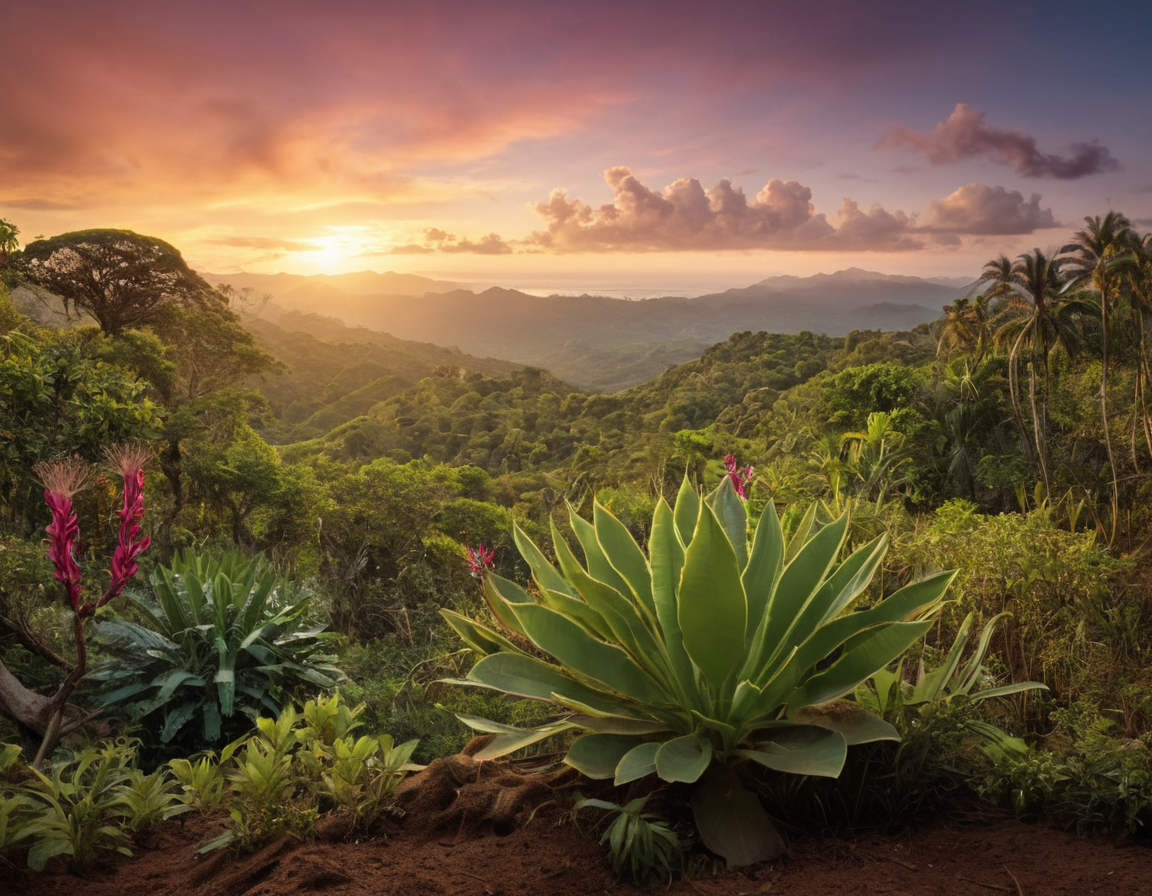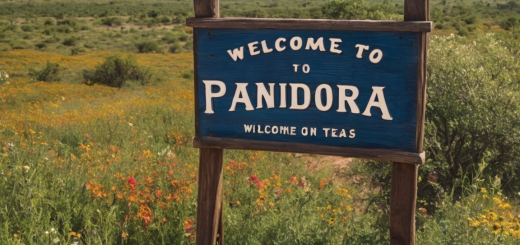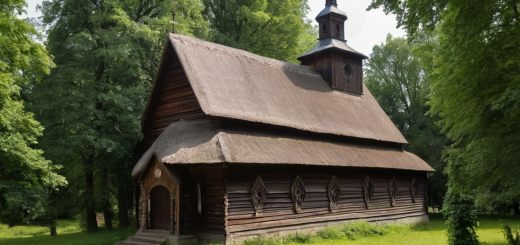Exploring the Rare Pteleopsis barbosae: A Subtropical Journey
Discovering the Mysteries of Pteleopsis barbosae
The botanical world teems with an astonishing diversity of plant life, yet some species, like the Pteleopsis barbosae, remain a well-kept secret amongst plant enthusiasts and conservationists. This rare and captivating species hailing from the subtropical regions offers a unique glimpse into the complexities of plant biodiversity and conservation efforts.
A Fragile Beauty
The Pteleopsis barbosae is notable for its lush foliage and striking presence. However, its rarity adds an air of fragility and underscores the importance of preserving natural habitats that sustain such species. 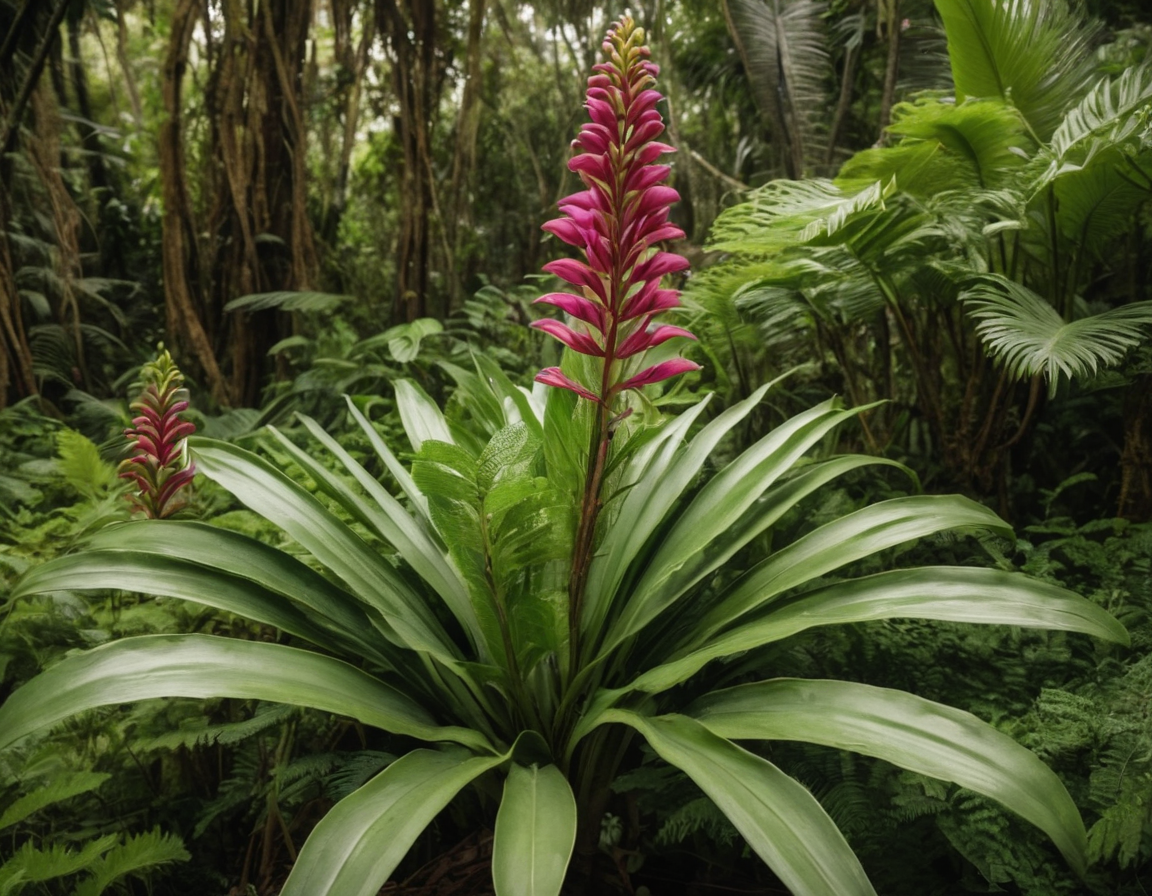
Understanding its Habitat
Thriving under specific conditions, the Pteleopsis barbosae requires a delicate balance of sunlight and moisture, typically found in the subtropical climates where it grows. The challenge for conservationists is to mimic these conditions in botanical gardens and preserves to protect the species from habitat loss and ensure its survival.
The Role of Research
Research plays a crucial role in the survival of Pteleopsis barbosae. Through the collection of data and the study of its environment and life cycle, botanists and environmental scientists work tirelessly to learn the secrets of its sustenance and reproduction. 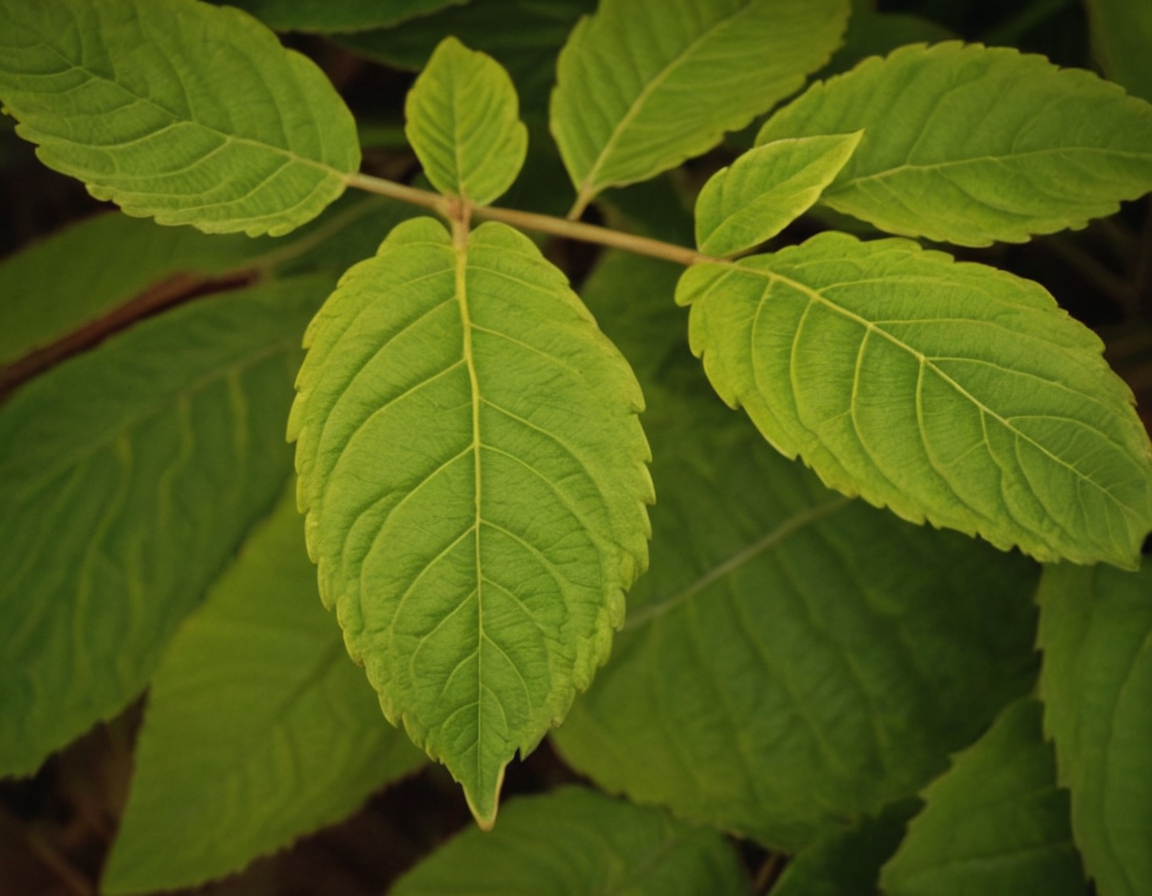
Why Should We Care?
The existence of species like Pteleopsis barbosae is not just a matter of ecological pride but one of environmental necessity. The biodiversity they represent is vital for the health of our planet and for the lessons they can teach us about resilience and adaptability.
Join us in an exciting journey as we delve into the heart of the subtropical realm to reveal the wonders of the Pteleopsis barbosae. This rare plant is not just a botanical marvel but a testament to the intricate web of life that sustains us all.
Are you as fascinated by rare plants as we are? Share this article and spread the word about the beautiful Pteleopsis barbosae. Remember, each share raises awareness and contributes to the conservation of our planet’s incredible biodiversity. 